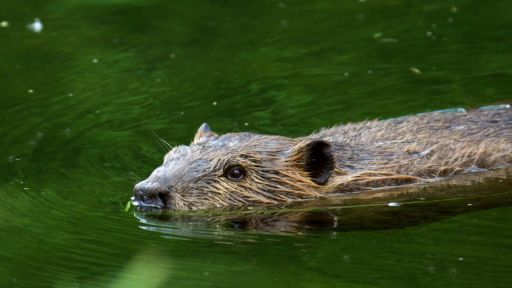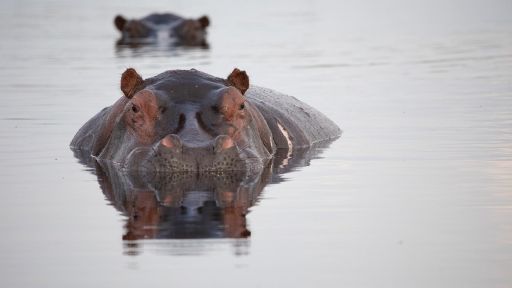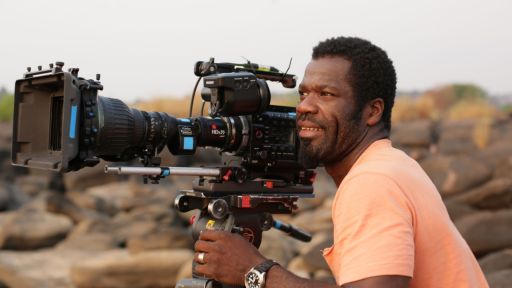Scientists hoping to learn more about polar bears face an exhausting challenge: not only do they have to spend hours searching for the bears over huge territories, but once they find them, they also have to contend with some of the world’s worst weather.
Researchers Daniel Mulcahy and Gerald Garner of the Alaska Biological Sciences Center (ABSC) in Anchorage, for instance, wanted to solve an annoying problem: the repeated loss of radio transmitters that researchers had attached to male polar bears in order to track them by satellite. Whether the transmitters were glued to a bear’s fur or attached to an ear or collar, they consistently went silent soon after the bear was out of the trackers’ sight.
Researchers guess the bears found ways of ridding themselves of the uninvited eavesdropping devices. To solve the problem, Mulcahy and Garner decided to try implanting a tiny transmitter below a bear’s skin, with just a short antenna sticking out. While the idea was promising — it had worked in other animals — it posed a significant challenge: performing a half-hour surgical operation on a potentially angry animal in the middle of a freezing ice field. “The major challenge was to find methods permitting the surgeries to be done in the outside on the sea ice of the northern coast of Alaska, where the temperatures experienced during surgery were as low as -22 degrees Fahrenheit,” the researchers dryly explained.
Still, the two men were game. After surveying the area in a low-flying helicopter, they spotted a bear and then shot a tranquilizing dart into it. Once the animal was asleep, they landed the helicopter and unloaded their portable surgical gear — all the time watching over their shoulders for the unwanted arrival of other bears. To keep their hands from freezing, the surgeons wore warm linings under their rubber surgical gloves. But they couldn’t keep other items from getting chilled. “Injectable drugs froze in vials and syringes,” Mulcahy and Garner recalled. “Instruments froze to blood on the surgeon’s hands. Plastic or paper drapes shattered and tore when used.” It was so cold, in fact, that the small incision they made in the bear’s skin never stopped bleeding, probably because temperatures were too low to allow the chemical reactions that promote clotting to occur. To make things work, the scientists had to move extremely fast: “Speed was the best overall solution to the problems,” they concluded.
It’s too soon to know if implanted transmitters will ultimately prove more reliable — or practical — than previous techniques. But there is no question that tracking polar bears by satellite has yielded valuable information. One scientist, for instance, used a satellite to track a bear on a record-setting 3,000 mile trek across the Arctic in search of food. The female bear started near Alaska’s Prudhoe Bay oil fields and then ambled across the polar cap to Greenland, where she spent a winter before continuing on to Canada’s Ellesmere Island. Eventually, the bear returned to Greenland. The researcher, in contrast, didn’t have to move from the cozy confines of his computer terminal once the transmitter had been attached.
Satellites aren’t the only high-tech tool researchers are using to study polar bears. Recently, other Alaskan researchers used sensors that can detect infrared radiation, which is produced by warm objects, to detect polar bear dens buried beneath the snow. Because from the surface, the dens look no different from snowdrifts, the spotting technique could help biologists protect the nurseries from development activities. It could also be used to warn people away from dens and potentially dangerous mother bears, who can become aggressive when they believe their cubs are in danger.
Though such technologies will bring new insights into the lives of polar bears, they probably won’t change one fact of life: if you want to study polar bears, you need to be prepared to expose yourself to the elements.









